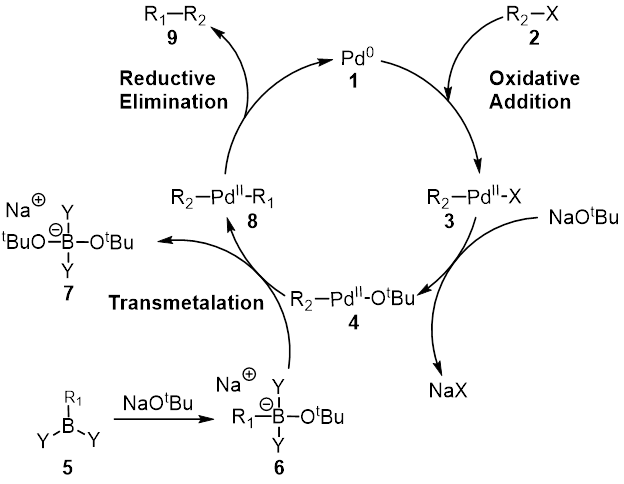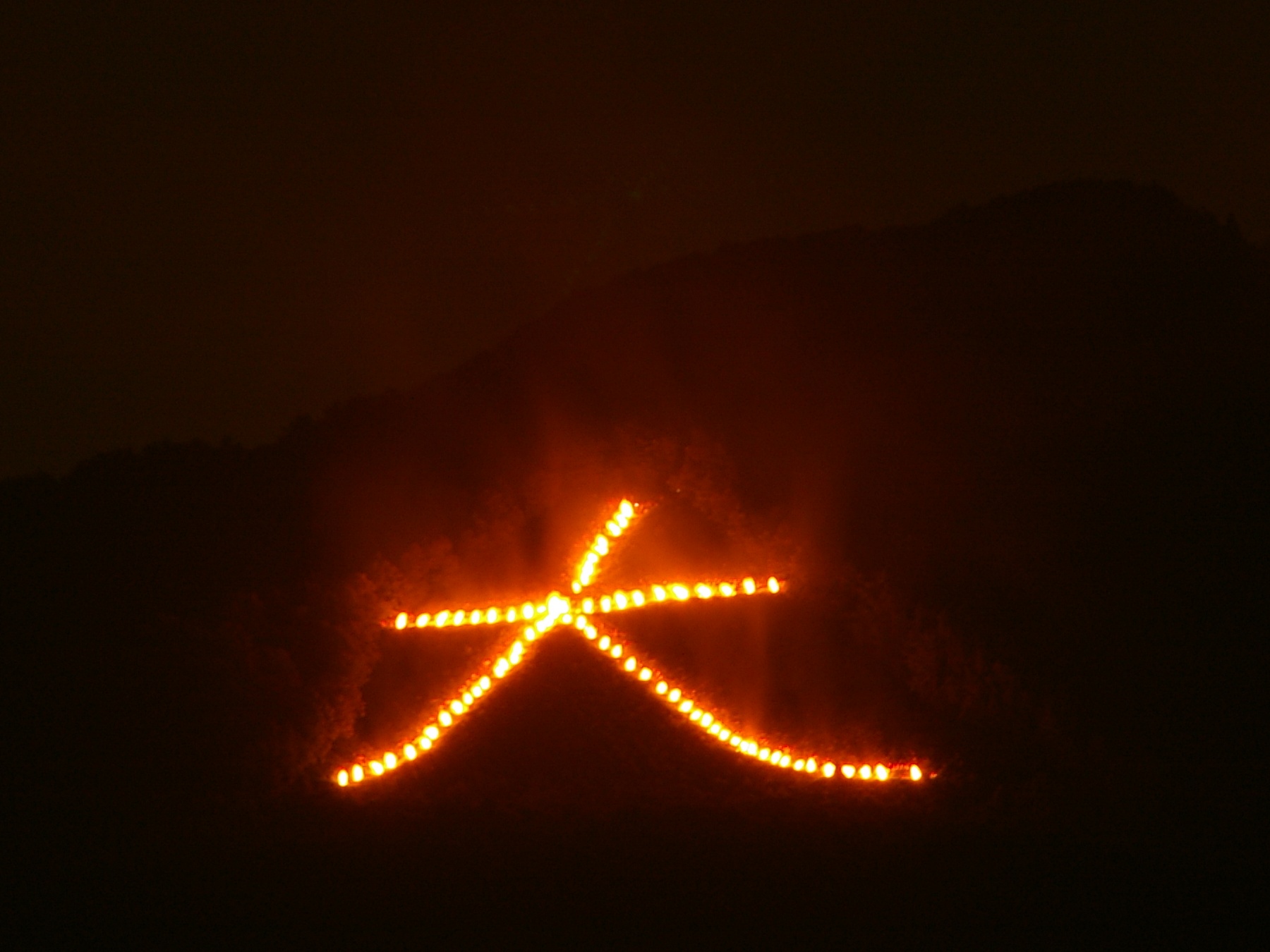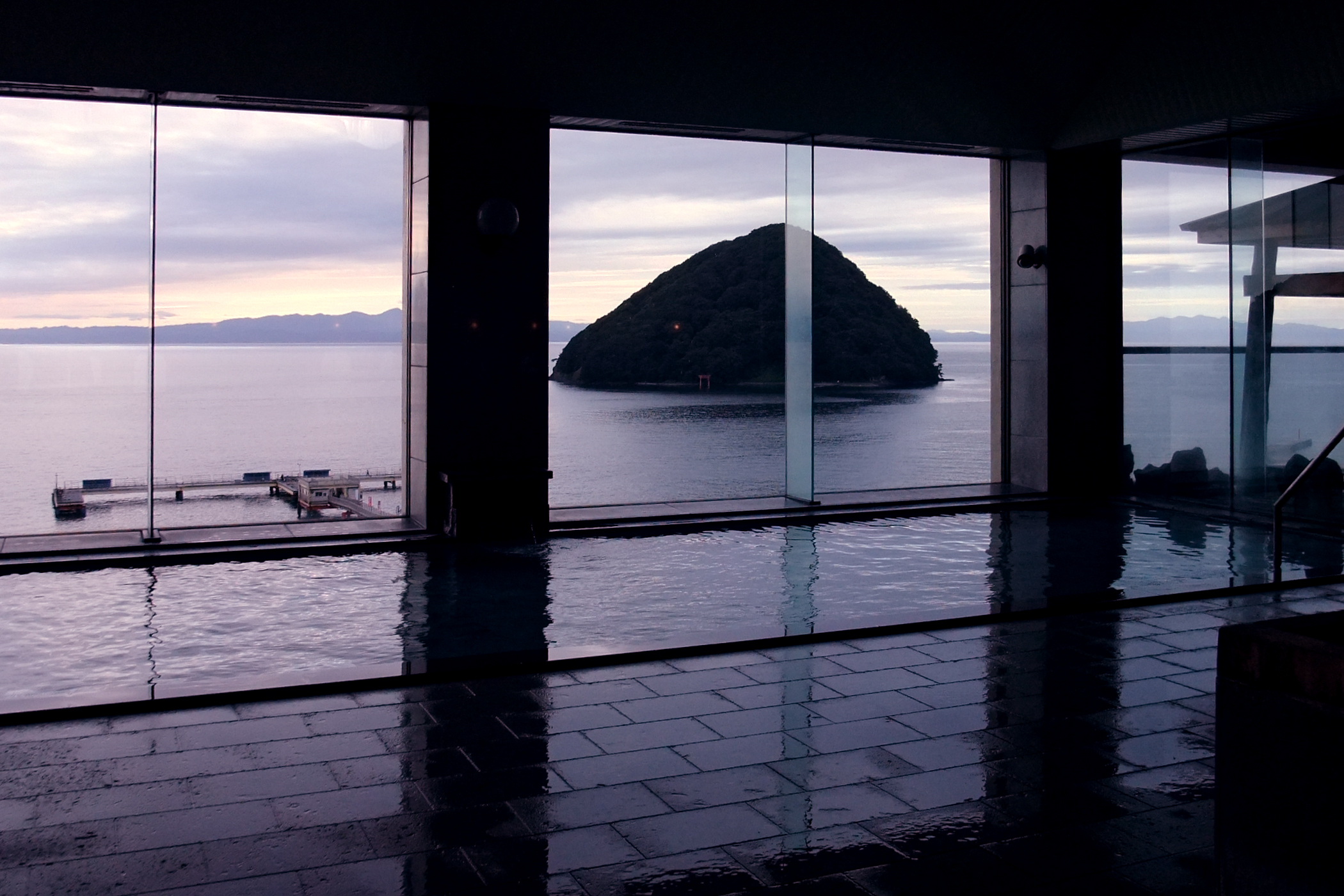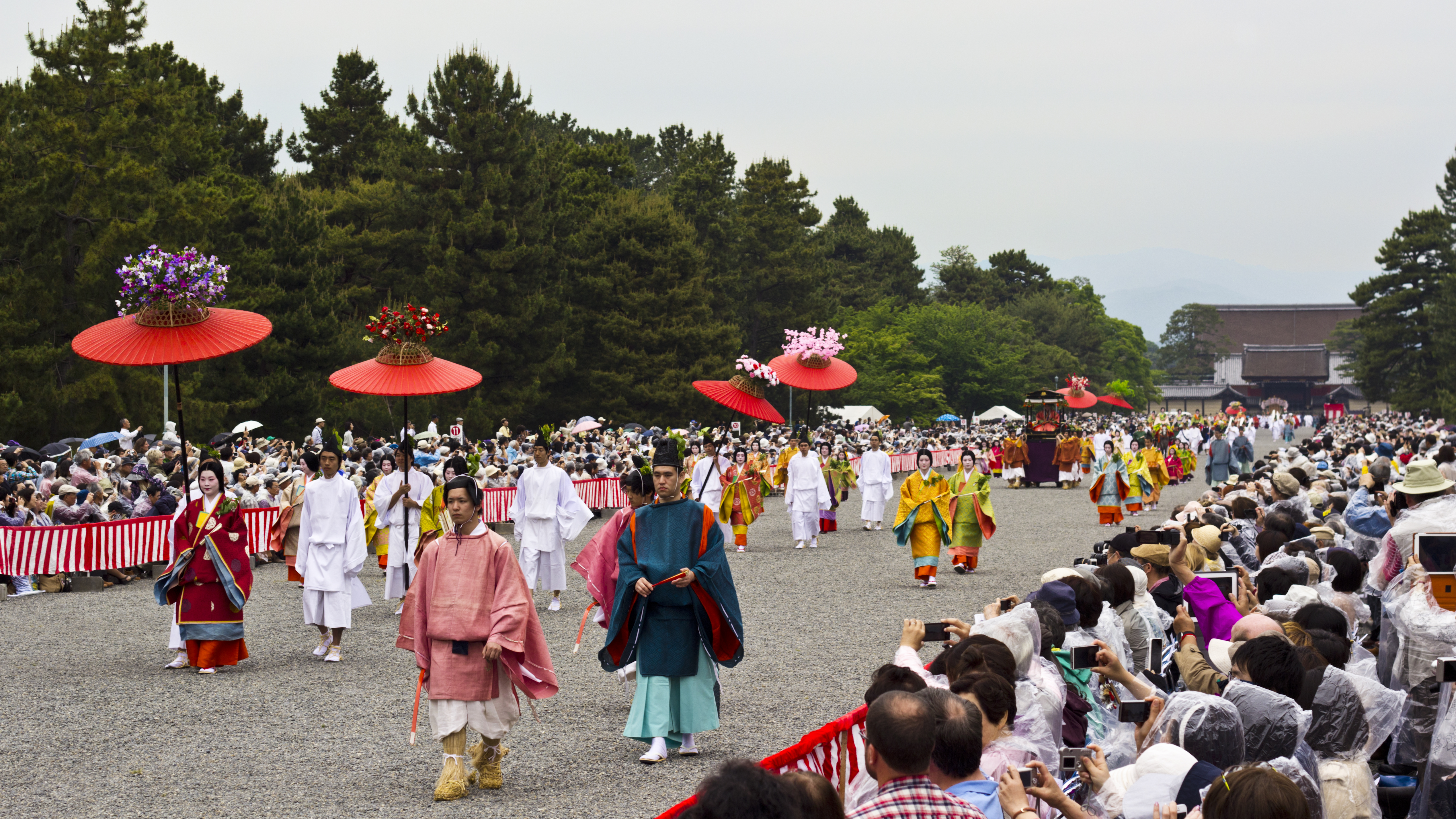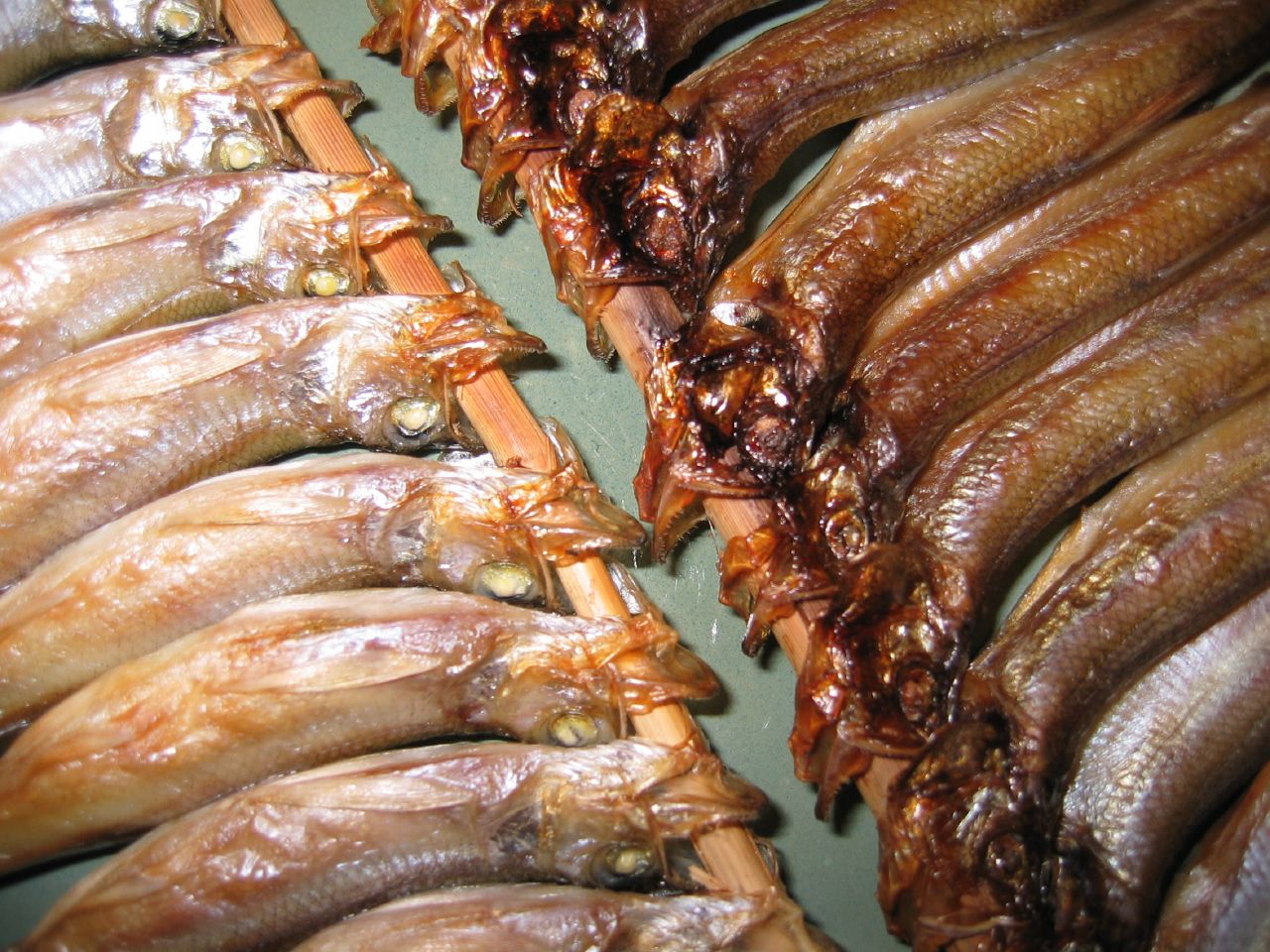|
Mukawa, Hokkaidō
is a town located in Iburi Subprefecture, Hokkaido, Japan. On March 27, 2006, absorbed the town of Hobetsu to create the new town of Mukawa. The new town was given the same name as the former town of Mukawa, but in hiragana, instead of former kanji name. As of April 30, 2017, the town (including the Hobetsu area) has an estimated population of 8,527, with a total of 4,369 households. The total area is 166.43 km². Mukawa is situated on the southern coast of Hokkaido, bordering the Pacific Ocean. It can be accessed via train from Tomakomai. By car, the town is approximately 1/2 hour east of Tomakomai along Route 235. The town is famed for shishamo, a small fish that is hung on bamboo poles. Shishamo are currently included in the Mukawa town sign. The shishamo are harvested during the Fall season. During this season the town holds a number of shishamo themed events, including a town race in October and Shishamo Matsuri in November. A large community center in the town fea ... [...More Info...] [...Related Items...] OR: [Wikipedia] [Google] [Baidu] |
Hokkaido
is the list of islands of Japan by area, second-largest island of Japan and comprises the largest and northernmost prefectures of Japan, prefecture, making up its own list of regions of Japan, region. The Tsugaru Strait separates Hokkaidō from Honshu; the two islands are connected by railway via the Seikan Tunnel. The largest city on Hokkaido is its capital, Sapporo, which is also its only cities designated by government ordinance of Japan, ordinance-designated city. Sakhalin lies about to the north of Hokkaidō, and to the east and northeast are the Kuril Islands, which are administered by Russia, though the four most southerly are Kuril Islands dispute, claimed by Japan. The position of the island on the northern end of the archipelago results in a colder climate, with the island seeing significant snowfall each winter. Despite the harsher climate, it serves as an agricultural breadbasket for many crops. Hokkaido was formerly known as ''Ezo'', ''Yezo'', ''Yeso'', or ''Yes ... [...More Info...] [...Related Items...] OR: [Wikipedia] [Google] [Baidu] |
Pacific Ocean
The Pacific Ocean is the largest and deepest of Earth's five Borders of the oceans, oceanic divisions. It extends from the Arctic Ocean in the north to the Southern Ocean, or, depending on the definition, to Antarctica in the south, and is bounded by the continents of Asia and Australia in the west and the Americas in the east. At in area (as defined with a southern Antarctic border), the Pacific Ocean is the largest division of the World Ocean and the hydrosphere and covers approximately 46% of Earth's water surface and about 32% of the planet's total surface area, larger than its entire land area ().Pacific Ocean . ''Encyclopædia Britannica, Britannica Concise.'' 2008: Encyclopædia Britannica, Inc. The centers of both the Land and water hemispheres, water hemisphere and the Western Hemisphere, as well as the Pole of inaccessi ... [...More Info...] [...Related Items...] OR: [Wikipedia] [Google] [Baidu] |
Nobel Prize In Chemistry
The Nobel Prize in Chemistry () is awarded annually by the Royal Swedish Academy of Sciences to scientists in the various fields of chemistry. It is one of the five Nobel Prizes established by the will of Alfred Nobel in 1895, awarded for outstanding contributions in chemistry, physics, literature, peace, and physiology or medicine. This award is administered by the Nobel Foundation and awarded by the Royal Swedish Academy of Sciences on proposal of the Nobel Committee for Chemistry, which consists of five members elected by the Academy. The award is presented in Stockholm at an annual ceremony on December 10th, the anniversary of Nobel's death. The first Nobel Prize in Chemistry was awarded in 1901 to Jacobus Henricus van 't Hoff, of the Netherlands, "for his discovery of the laws of chemical dynamics and osmotic pressure in solutions". From 1901 to 2024, the award has been bestowed on a total of 195 individuals. The 2024 Nobel Prize in Chemistry was awarded to Demis Hassabis ... [...More Info...] [...Related Items...] OR: [Wikipedia] [Google] [Baidu] |
Akira Suzuki
is a Japanese chemist and Nobel Prize Laureate (2010), who first published the Suzuki reaction, the organic reaction of an aryl- or vinyl- boronic acid with an aryl- or vinyl- halide catalyzed by a palladium(0) complex, in 1979. Early life and education Suzuki was born on September 12, 1930, in Mukawa, Hokkaidō, his father died when he was in high school. He studied chemistry at Hokkaido University (Hokudai) and after receiving his PhD while he worked there as assistant professor. He initially wanted to major in mathematics, as his favorite subject in childhood was arithmetic.『朝日小学生新聞』2010年10月8日 It was an encounter with two books that became an opportunity to advance to the path of organic synthesis, one is ''Textbook of Organic Chemistry'' written by Louis Fieser of Harvard University, and another is ''Hydroboration'' written by Herbert C. Brown of Purdue University. Career From 1963 until 1965, Suzuki worked as a postdoctoral student with Herber ... [...More Info...] [...Related Items...] OR: [Wikipedia] [Google] [Baidu] |
Seino Araida
was an Ainu activist who promoted the transmission of the '' kamuy yukar'' oral sagas and the Ainu language. Biography Seino Araida was born on 4 April 1917 in Shizunai, Hokkaido, and moved to Mukawa, Hokkaido in 1919. Since her mother was visually impaired, she began helping with farmwork as a young child. She endured life difficulties and bullying from others, but she was encouraged by the Ainu poetry she heard from her mother while working in the fields. In 1974, Araida joined the Hokkaido Utari Association when its Mukawa branch was established. Subsequently, she took advantage of this opportunity to commence full-scale efforts to promote the Ainu language and kamuy yukar, which had been handed down in the Mukawa region. In 1980, she was involved in the establishment of the Mukawa Ainu Cultural Tradition Preservation Association. She was also active as a community leader, and in 1992 she began serving as a lecturer at the Mukawa Ainu Language School. Araida was especia ... [...More Info...] [...Related Items...] OR: [Wikipedia] [Google] [Baidu] |
Hidaka Main Line
The is a railway line in Hokkaido, Japan, operated by Hokkaido Railway Company (JR Hokkaido), between Tomakomai Station in Tomakomai and Samani Station in Samani, running along the coast of Hidaka Subprefecture. Services on the 116.0 km (72.1 mi) section of the line beyond Mukawa Station were suspended indefinitely since January 2015 due to storm damage. This section was closed on 1 April 2021 and replaced by a bus service. The closure of this section made the line the second shortest in Japan to be classified as a 'main line', at just 30.5 km (19.0 mi), after the Rumoi Main Line's length of 14.4 km (8.9 mi). Services All regular trains are local trains, which stop at all stations. Stations History The first section was opened in October 1913 by the , operating between and (present-day ). The section between Sarufuto and was operated by the . Both lines were light railways with a track gauge In rail transport, track gauge is the distance ... [...More Info...] [...Related Items...] OR: [Wikipedia] [Google] [Baidu] |
JR Hokkaido
The is one of the constituent companies of the Japan Railways Group (JR Group), and is often referred to by its official abbreviation: . It operates intercity and local rail services in Hokkaido, Japan. The company introduced Kitaca, a smart card ticketing system, in autumn 2008. At the time of its privatization in 1987, JR Hokkaido operated 21 railway lines totalling of narrow-gauge () track, as well as a ferry service to Aomori, Aomori, Aomori. Since then, that figure has dwindled to just below , as unprofitable lines have been shut down or spun off (in the case of the Hokkaidō Chihoku Kōgen Railway). The ferry service has also been replaced by the 53.85-km long Dual gauge, dual-gauge Seikan Tunnel for railways. On 19 November 2016, JR Hokkaido's president announced plans to further rationalize its network by the withdrawal of services from up to 1,237 km, or about 50% of the current network, including closure of the remaining section of the Rumoi Main Line (the Rumo ... [...More Info...] [...Related Items...] OR: [Wikipedia] [Google] [Baidu] |
Japan Meteorological Agency
The Japan Meteorological Agency (JMA; ''気象庁, Kishō-chō'') is a division of the Ministry of Land, Infrastructure, Transport and Tourism dedicated to the Scientific, scientific observation and research of natural phenomena. Headquartered in Minato, Tokyo the government agency, agency collects data on meteorology, hydrology, seismology, volcanology, and other related fields. The JMA is responsible for collecting and disseminating weather data and Forecasting, forecasts to the public, as well as providing specialized information for aviation and Marine weather forecasting, marine sectors. Additionally, the JMA issues warnings for volcanic eruptions and is integral to the nationwide Earthquake Early Warning (Japan), Earthquake Early Warning (EEW) system. As one of the Regional Specialized Meteorological Centers designated by the World Meteorological Organization (WMO), the JMA also Forecasting, forecasts, Tropical cyclone naming, names, and distributes warnings for tropical ... [...More Info...] [...Related Items...] OR: [Wikipedia] [Google] [Baidu] |
Bon Festival
or just is a fusion of the ancient Japanese belief in ancestral spirits and a Japanese Buddhist custom to honor the spirits of one's ancestors. This Buddhist custom has evolved into a family reunion holiday during which people return to ancestral family places and visit and clean their ancestors' graves when the spirits of ancestors are supposed to revisit the household altars. It has been celebrated in Japan for more than 500 years and traditionally includes a dance, known as . The festival of Obon lasts for three days; however, its starting date varies within different regions of Japan. When the lunar calendar was changed to the Gregorian calendar at the beginning of the Meiji era, the localities in Japan responded differently, which resulted in three different times of Obon. Traditionally, Obon was celebrated on the 15th day of the seventh month of the lunar calendar. Obon is now observed during one of the following periods: * July 15 of the Gregorian calendar (Shichiga ... [...More Info...] [...Related Items...] OR: [Wikipedia] [Google] [Baidu] |
Onsen
In Japan, are hot springs and the bathing facilities and Ryokan (inn), traditional inns around them. There are approximately 25,000 hot spring sources throughout Japan, and approximately 3,000 ''onsen'' establishments use naturally hot water from these Geothermal gradient, geothermally heated springs. ''Onsen'' may be either or . Traditionally, ''onsen'' were located outdoors, although many inns have now built indoor bathing facilities as well. Nowadays, as most households have their baths, the number of traditional public baths has decreased, but the number and popularity of have increased since the end of World War II, Second World War. Baths may be either publicly run by a municipality or privately, often connecting to a lodging establishment such as a hotel, ''Ryokan (inn), ryokan'', or ''Ryokan (inn)#Minshuku, minshuku''. The presence of an ''onsen'' is often indicated on signs and maps by the symbol ♨, the kanji (''yu'', meaning "hot water"), or the simpler phonet ... [...More Info...] [...Related Items...] OR: [Wikipedia] [Google] [Baidu] |
Matsuri
Japanese festivals, or , are traditional festive occasions often celebrated with dance and music in Japan. The origin of the word ''matsuri'' is related to the ; there are theories that the word ''matsuri'' is derived from meaning "to wait (for the ''kami'' to descend)", meaning "to make offerings to the ''kami''", and meaning "to obey the ''kami''". The theory that it is derived from ''matsurau'' is the most popular. It is estimated that there are between 100,000 and 300,000 festivals across Japan, generating an annual economic impact of 530 billion yen as of 2019. As of 2024, 33 of these festivals have been registered as UNESCO Intangible Cultural Heritage Lists as "Yama, Hoko, Yatai, float festivals in Japan". Various folk dances, costume processions, '' kagura'', '' dengaku'', '' bugaku'', and '' noh'' performed at festivals are also registered as UNESCO Intangible Cultural Heritage Lists. For example, 41 folk dances including ''bon odori'' from various regions of Japan are ... [...More Info...] [...Related Items...] OR: [Wikipedia] [Google] [Baidu] |
Shishamo
, or ''Spirinchus lanceolatus'', is an anadromous smelt native to Hokkaido, Japan. Description This fish averages 15 centimeters in length, with a maximum recorded length of 70 cm. It is generally dark on the back with a silver-white underside. Etymology The fish is said to resemble a willow leaf, and its Japanese name reflects this; ''shishamo'', is derived from the Ainu name for the same fish, ''susam'', which is supposed to be derived from a compound of Ainu ''susu'' "willow" + ''ham'' "leaf", hence its name in Chinese characters (柳葉魚 jukujikun, where the characters have no phonetic relation to the word). Food use In Japanese cuisine, this fish is grilled or fried whole and served with its roe intact. The total 2021 catch in Kushiro is a city in Kushiro Subprefecture on the island of Hokkaido, Japan. Located along the coast of the North Pacific Ocean, it serves as the subprefecture's capital and it is the most populated city in the eastern part of t ... [...More Info...] [...Related Items...] OR: [Wikipedia] [Google] [Baidu] |


